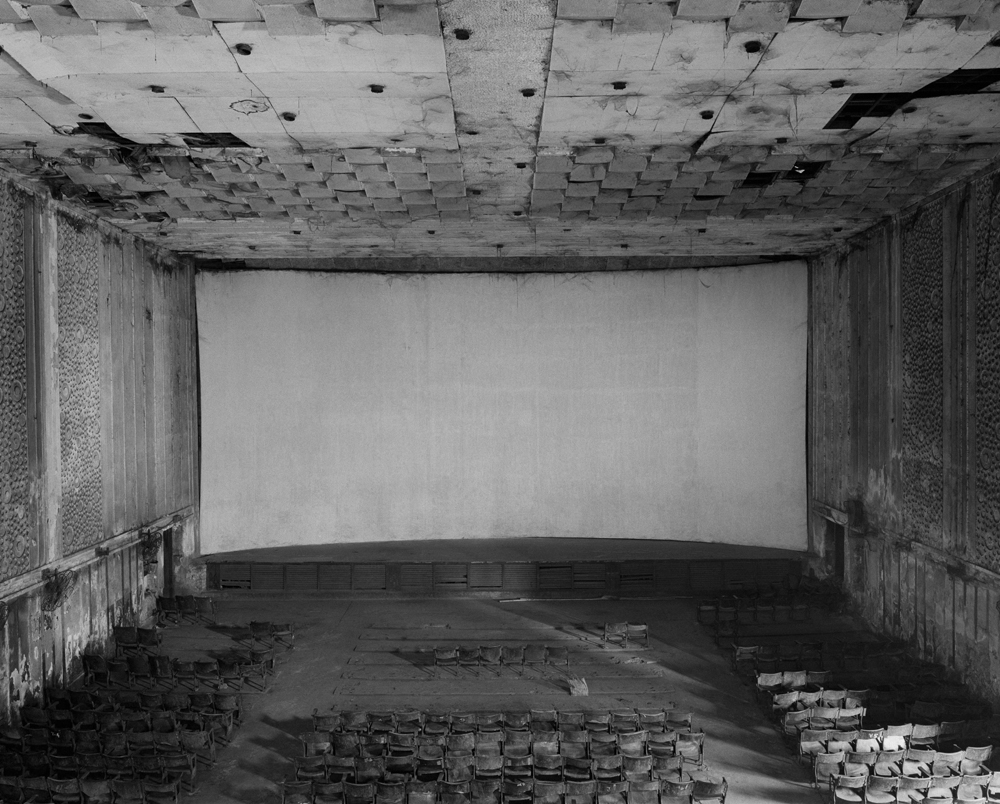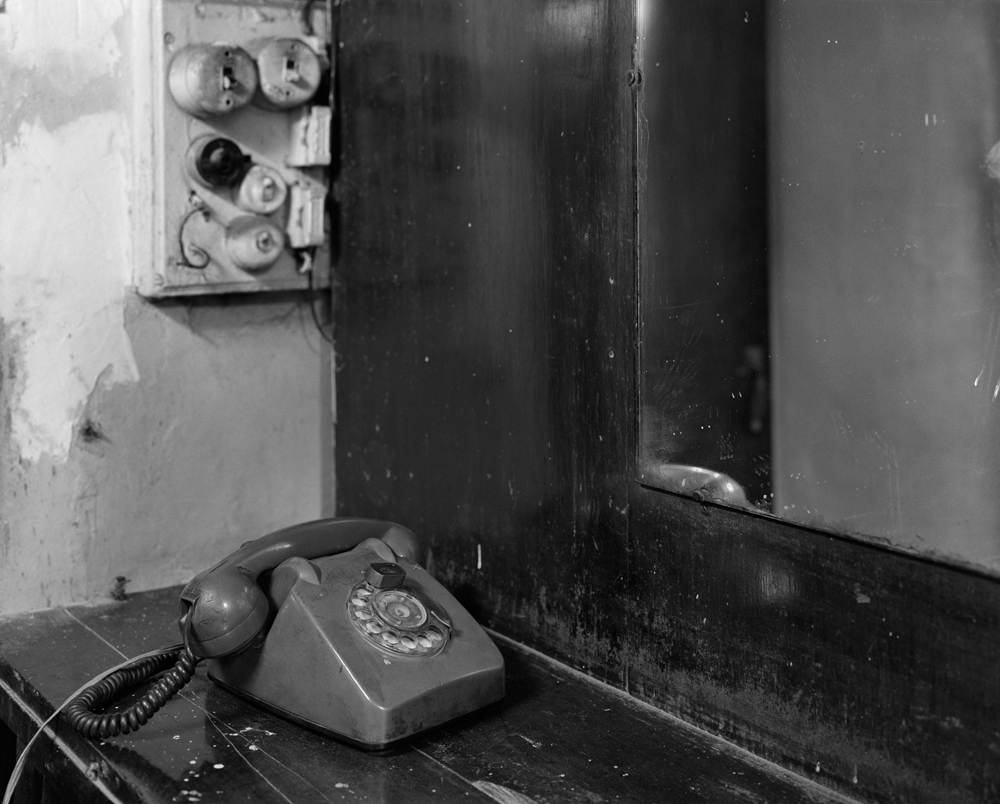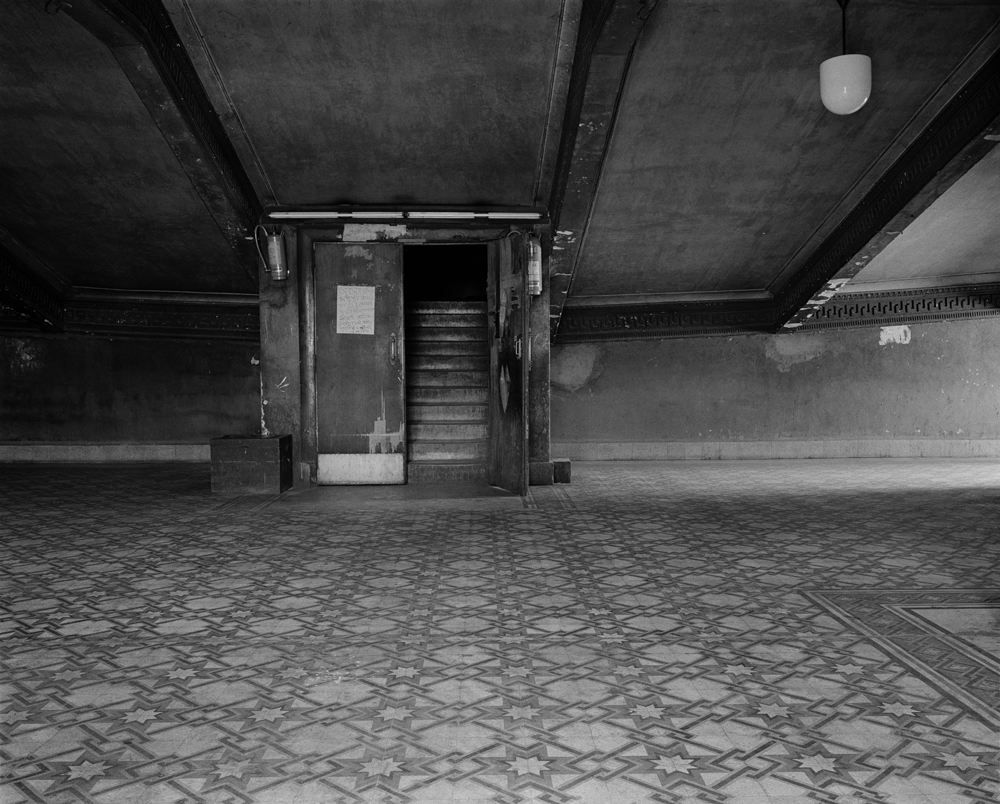My mother’s family owned the first talkies cinema in my hometown, Varanasi, India. As a child a trip to the cinema was a big incentive. With my cousins, I would venture into the auditorium, explore the box office, projector rooms and manager’s office. I would collect the used bundles of tickets, posters, rejected film almost anything that was part of the theatre and could be spared.
In the nineties, many theaters including my family’s closed down. The turn of the century saw a come back of cinema halls, this time with smaller auditoriums and multiple screens. These theaters aimed at a standardized experience regardless of the cultural and aesthetic distinctness of the regions in India.
I am interested in the idiosyncrasies that exist in the older cinema spaces. The owners of the older single screen theaters were involved in its designing process. Some of the owners demanded to cater to the practical needs of the space while others used the opportunity to express their fancies. Either way they didn’t follow a template and each cinema was unique. These theaters seemed to contain cues to the psyche of the people who built it and who occupy it. As if the space and how it’s arranged is an extension of the occupier’s interior. I’m interested in usage: manifestations of interaction between the space and the people, over time.












Bio:
Nandita Raman (b.1980, India) is a visual artist working with image based mediums. She has exhibited in Chicago, New York and North Carolina. Her works are in the collection of the Snite Museum of Arts. She is a recipient of the Sarai Independent study Fellowship 2006 and the Daylight/ CDS Project prize 2010. Her work is published in Moment, Elle India, Flair Italy, Outlook, Timeout Delhi and The Guardian. Raman received an MFA from the International Center of Photography- Bard program in Advanced photographic studies in 2012. She studied fashion communication at National Institute of Fashion Technology and has produced and directed documentaries and ad films.

